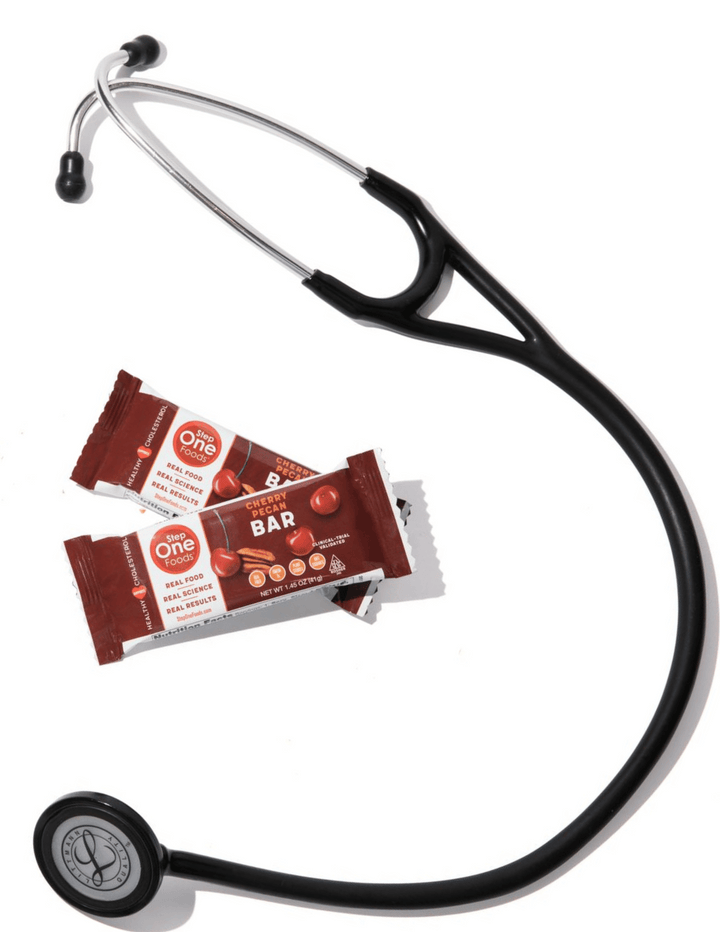Better than BMI? Meet the New Body Roundness Index (BRI)

For decades, doctors have relied on Body Mass Index (BMI) to determine whether someone is at a healthy weight. But now, researchers are urging doctors to move beyond BMI as the sole measure of health. Although BMI has been widely used, it can be misleading, overestimating weight-related risk in some while inappropriately minimizing it in others. The new index may be preferable as it offers a more holistic approach to weight and health assessment.
What’s Wrong with BMI?
BMI is calculated by dividing a person’s weight in kilograms by their height in meters squared. A healthy BMI falls between 18.5 and 24.9. Overweight BMI falls between 25.0 and 29.9 and obese is a BMI of 30.0 or above. While it’s easy to calculate, BMI doesn’t discriminate as to whether it’s fat or muscle that’s contributing to the weight number, potentially leading to inaccurate assessments of overall health.
For example, an athlete with a high BMI could be considered "obese" despite being in great physical condition but with lots of lean muscle mass. Meanwhile, someone with a "normal" BMI might have low muscle mass but unhealthy levels of visceral fat—the kind that wraps around internal organs and can lead to conditions like diabetes and heart disease.
In fact, research has shown that nearly half of individuals classified as “overweight” based on BMI were actually in good metabolic health, meaning their blood sugar, cholesterol, and blood pressure levels were normal. On the flip side, around 30% of people with BMIs in the “healthy” range were metabolically unhealthy.
Introducing the Body Roundness Index (BRI)
As BMI’s limitations have come to light, another metric has started gaining traction: the Body Roundness Index (BRI). As the name suggests, BRI is focused on how round a person’s body is, and is designed to more accurately reflect the extent of central obesity. It is central obesity - that fat around the middle - that is the real driver for developing hypertension, diabetes and heart disease.
In contrast to the BMI, BRI does not take weight into account. BRI is calculated by simply inputting one’s height, waist, and hip circumference into a mathematical formula, yielding a number between 1 and 20, with higher numbers indicating a rounder shape.
Why BRI Might Be Better
What makes BRI particularly useful is that it gets at the distribution of fat—something BMI can’t do. Abdominal fat is closely linked to insulin resistance, glucose intolerance, and high blood pressure, all of which are precursors to chronic diseases like Type 2 diabetes and cardiovascular disease.
This can make BRI a more accurate predictor of not only morbidity but also mortality. And indeed, individuals with higher BRI scores do appear to face a significantly higher risk of dying from cancer, heart disease, and other serious conditions. In a recent analysis of over 30,000 adults followed for 10 years, those with BRI scores of 6.91 and above were 50% more likely to die over the course of the study as compared to those with BRIs falling below 5.46.
The Future of Health Assessment
As more studies validate the effectiveness of BRI, we could see a shift in how doctors assess and manage weight-related health risks. While BMI isn’t likely to disappear overnight, it’s clear that it can’t stand alone as the definitive measure of health.
Having said all that, I have to also reflect upon the fact that we make all this stuff much more complicated than it needs to be. BMI and BRI might be helpful for an adjuster determining your life insurance premiums - but most of us know what a healthy weight is for ourselves. I have yet to run across a patient who can’t tell me what weight they feel good at. And most of the time that number falls in line with where I would estimate a healthy weight would be for that individual.
The tough part is not “knowing your number” - it’s getting to a healthy one. And that’s why Step One Foods exists - to make that journey just a little easier.

Tested & Proven Results.
- Cardiologist formulated
- Supported by over 500 publications
- Clinically-proven, in a double-blind randomized trial with Mayo Clinic and The University of Manitoba
80% of participants lowered their cholesterol in just 30 days. With just two servings per day, Step One Foods offers a proven-effective way to naturally lower LDL (bad) cholesterol.
Get heart health tips and articles like this, delivered right to your email.
New articles every week.
You may also like...

The Next Super Food: How Pecans Help Lower Cholesterol

You don’t need to avoid foods with cholesterol…except for these



